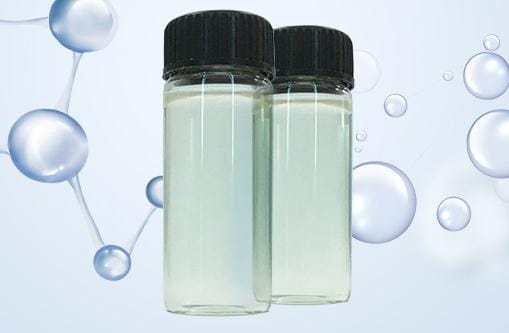Crosslinking agents, also known as crosslinkers or crosslinking agents, are chemical compounds that create strong covalent bonds between polymer chains or other molecular structures. These bonds form bridges between the molecules, effectively “crosslinking” them together, enhancing their overall properties. The process of crosslinking is often referred to as curing or vulcanization, depending on the specific materials involved.

Peroxides: Organic peroxides are widely used as crosslinking agents for polymers like rubber and plastics. They initiate the crosslinking process when heated, forming strong covalent bonds between polymer chains.
Silanes: Silane coupling agents are used to enhance the adhesion between organic polymers and inorganic surfaces. They are often employed in the manufacture of composite materials, sealants, and adhesives.
Isocyanates: Isocyanate-based crosslinkers are used in the production of polyurethane foams, coatings, and adhesives. They react with hydroxyl groups to create strong urethane linkages.
Sulfur: Sulfur is a crucial crosslinking agent in the vulcanization of rubber. When combined with heat, sulfur forms bridges between polymer chains, greatly improving the material’s properties.
Polycarbodiimide: Polycarbodiimides are crosslinking agents used in various applications, such as biomedical materials and adhesives. They create covalent bonds between polymer chains, enhancing the strength and stability of the materials to which they are applied.
Polycarbodiimide crosslinking agents, also named as PCDI, are chemical compounds used to facilitate crosslinking reactions in various materials, such as polymers and coatings. These agents contain polycarbodiimide functional groups, which are capable of forming covalent bonds between polymer chains or within a polymer matrix. This crosslinking process improves the mechanical properties, thermal stability, and chemical resistance of the material.
Here’s how polycarbodiimide crosslinking agents work:
Functional Groups: Polycarbodiimides have carbodiimide (-N=C=N-) functional groups, which are highly reactive and can participate in crosslinking reactions.
Crosslinking Process: When a polycarbodiimide crosslinking agent is mixed with a polymer or coating material, the carbodiimide groups react with various functional groups present in the polymer, such as carboxyl (-COOH), hydroxyl (-OH), or amine (-NH2) groups.
Formation of Covalent Bonds: The carbodiimide groups facilitate the formation of covalent bonds (often amide or urethane bonds) between the polymer chains or within the polymer matrix. This crosslinking creates a three-dimensional network that improves the material’s properties.
Applications of polycarbodiimide crosslinking agents include:
Polymer Modification: They are used to crosslink polymer chains, enhancing the mechanical strength, thermal stability, and chemical resistance of polymers. This is especially important in industries such as automotive, construction, and aerospace.
Coatings and Adhesives: Polycarbodiimide crosslinking agents are employed to improve the durability and performance of coatings and adhesives, making them more resistant to wear, chemicals, and environmental factors.
Textiles: In textile finishing, these agents can be used to enhance the dimensional stability, wrinkle resistance, and durability of fabrics.
Biomedical Applications: Some polycarbodiimide crosslinking agents have been used in biomedical applications, such as in the development of tissue engineering scaffolds and drug delivery systems.
The choice of polycarbodiimide crosslinking agent depends on the specific application and the compatibility of the agent with the polymer or material being modified. These agents play a crucial role in tailoring the properties of materials to meet various industrial and commercial requirements.
Please feel free to contact us. We will answer your questions in about 1 working day.
We will contact you within 1 working day, please pay attention to the email with the suffix “@langyitech.com”.